Blink-and-you-might-just-miss-it towns have always held a certain allure for discerning travelers.
From Carmel-by-the-Sea’s small but spectacular coastline to the tiny, bucolic settlements spread across Quebec, visitors around the globe seek out micro-environs to get a true taste of a region’s pace.
And while Maui may be home to several pint-sized communities—Hana, for one, has less than 1300 residents—one of its teeniest enclaves possesses a past that’s nothing short of gigantic.

That colony is Keokea
—a charming homestead in the kudzu and protea-filled pastures of Kula.
This verdant community, whose population hovers just over 1600, offers some of the most beguiling views on the island, rendering it a favorite stop for visitors to Haleakala and Hana.

And it’s no wonder: at 2,860 feet above sea level, it’s in the perfect mid-range of Haleakala to supply vistas of the beaches that lie below and the slopes that shimmer above—to say nothing of the road that glimmers ahead: As the last outpost on Kula Highway, the miles that follow into the Kipahulu countryside are heart-stopping gorgeous. So much so, in fact, that Condé Nast Traveler featured a Porsche Roadster gliding across Keokea’s golden-hilled, lava-loamed road on its July 2016 cover.
Consider its natural beauty just one of the reasons for its original founding.
While upcountry’s fertile land—which is governed by a temperate climate—has long served as an agricultural hotbed for Hawaiian residents, Keokea’s establishment as a town is credited to a select group of Chinese settlers.
Chinese immigrants first arrived in Hawaii prior to missionaries from the west, with a few sailors arriving alongside Captain James Cook in 1778. But the biggest influx of Chinese landed during the great sugarcane boom of the 19th century, when more than 46,000 immigrants from Canton and beyond were brought to the islands as laborers.

Among those immigrants was an ethnically distinct group of impoverished farmers known as the Hakka, who, forced out of the Pearl River Delta of southern China, sought new lives on Maui, which they christened the Sandalwood Mountains. By 1900, roughly 700 Hakka Chinese settled on the edge of Kula in Keokea; at the time, these immigrants made up a quarter of Maui’s Chinese population.
These “guest families,” as Hakka translates, found their niche in the agricultural scene for which this area was and continues to be known.
They served a key but largely unknown role in the California Gold Rush. Using mules as conveyance, they transported wagonloads of potatoes from Keokea down to the Kihei coast. There, three-masted sailboats carried the tots to West Coast miners quarrying for treasure; when the ships returned, they were full of the miners’ soiled clothes ready for hand-laundering. The connection between Maui and California was so vital at this time, in fact, that the ahupua’a (or land division) that comprised Keokea–and included the beachfront cities of Kihei and Wailea–was dubbed “Nu Kaleponi,” or “New California,” by Hawaiian dwellers.
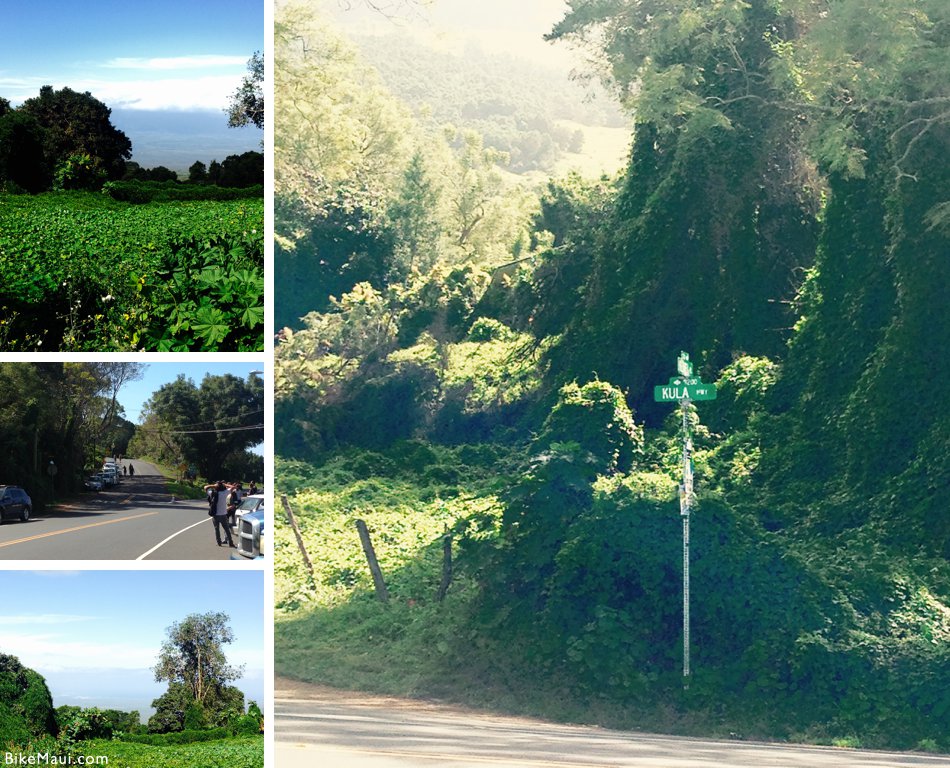
These days, those South Maui spots may resemble California in more ways than most locals would like, but Keokea has retained much of its old-world loveliness—and the spirit of the Hakkas that once filled these parts.
Backlit by Haleakala, and opening up to breathtaking views of Kahoolawe, Molokini, and Lanai, Keokea possesses a number of remnants of its Chinese past.
Take St. John’s, a clapboard church located across from the town’s eponymous park. Well-preserved and inviting, the Episcopal chapel—built from Makena lumber and now featuring a stained glass door etched with proteas—was the brainchild of Shim Mook, an immigrant Hakka who called upon Yin Chin, a Lutheran priest from Canton, to lead services and provide education.
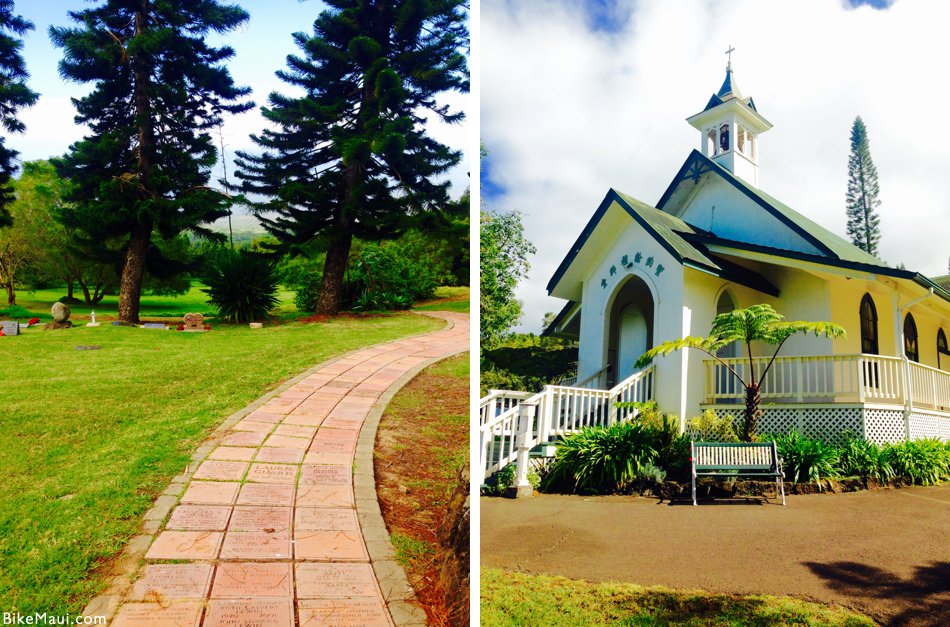
Under Yin Chin—a father of four who was forced to leave his family behind in China for a decade—St. John’s became the heart of Keokea. Here, he schooled children, performed sermons, read periodicals to illiterate Chinese laborers, and, when the U.S. Homestead Act was passed in 1911, fought for the rights of Keokea’s Chinese lease holders. The church he cultivated remains a bedrock of the Kula and Keokea communities: It houses a preschool, hosts several annual festivals, and features a cemetery dedicated to the region’s ancestors.
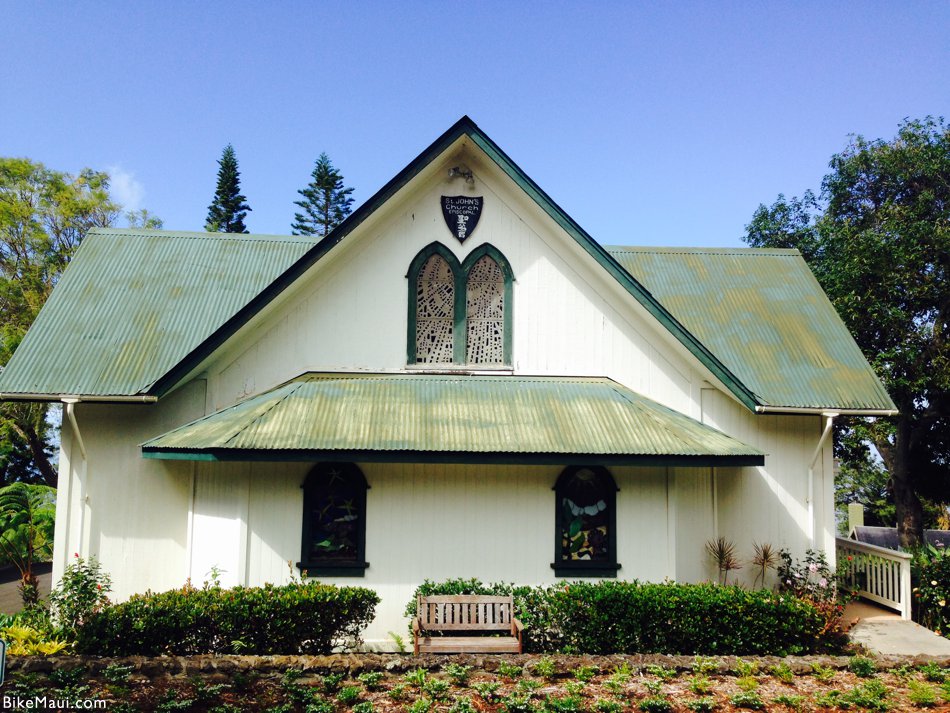
Keokea’s Chinese culture also continues to flourish beyond the church’s doors.
The village’s two stores–Ching and Fong–are family owned and operated and run out of charming wooden structures that are over a century old. (The former sells staples like charcoal and ice; the latter, helmed by Mrs. Ching–who often keeps a heater running–peddles candy, chips, drinks, and fresh-cut flowers; her store also possesses the only gas pump around for miles). Across the way, Our Lady Queen of Angels–a Roman Catholic church–is framed against the slopes of Maui’s largest mountain. Farther down Kula Highway rests the Sun Yat Sen Memorial Park, a roadside attraction that celebrates the “father of modern China.” And right off of what was once known as “Old Chinatown Road”—a narrow passage that’s more driveway than street—sits the Kwock Hing Society Building, a refuge that once provided assistance to Chinese sugarcane laborers (and goes down in history as the first two-story structure to be erected upcountry). Slight elements of the area’s gentrification also exist. Along the main drag, one will find Keokea Gallery—a small venue featuring work by local artists—and a sizable county park, complete with picnic tables and a playground, that’s kept in pristine condition.
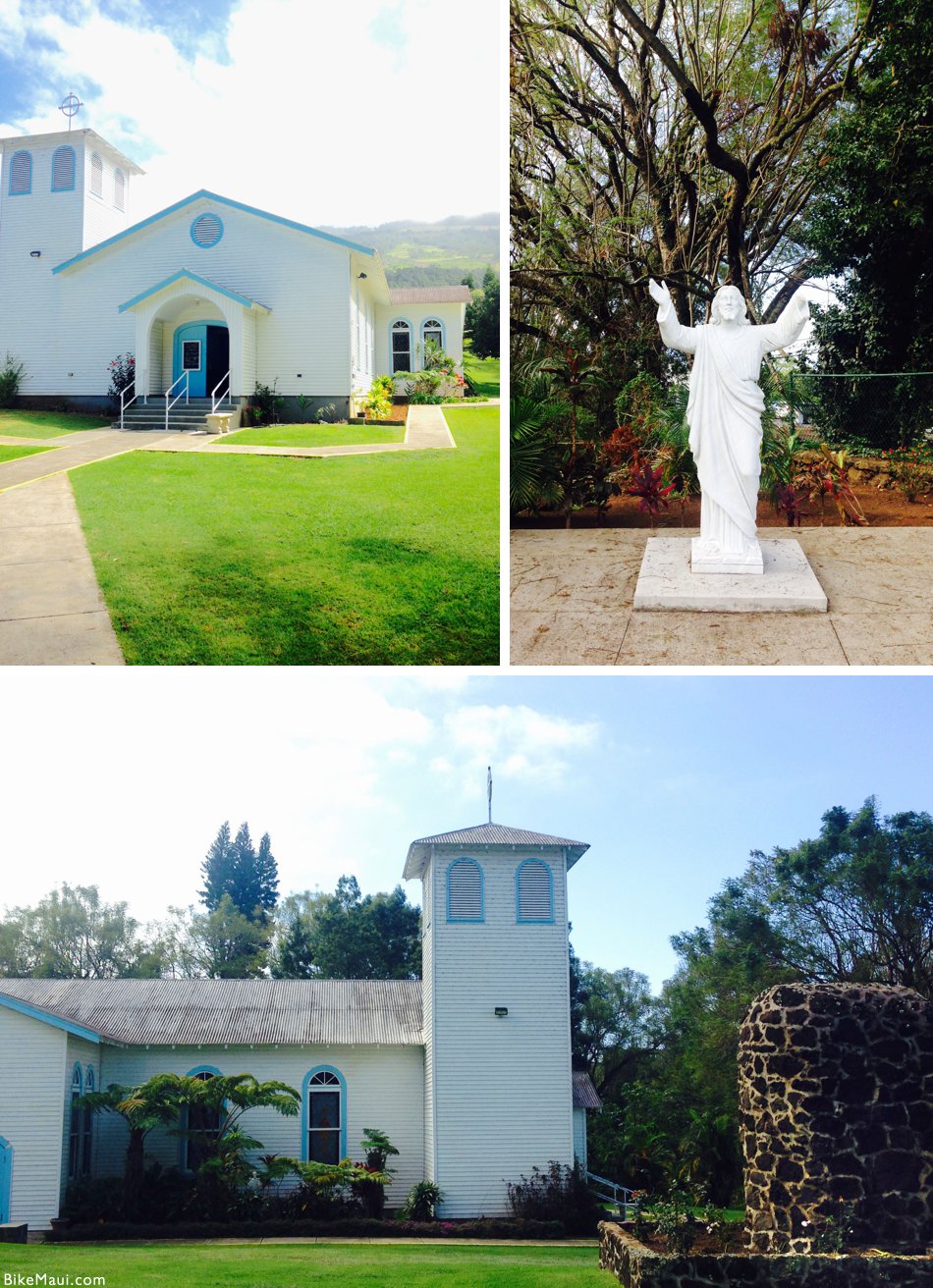
But, beyond its magnificent views, Keokea is perhaps best known for Grandma’s Coffeehouse, a rustic bakery and café that roasts and serves its own Haleakala-grown joe from a plantation that was started nearly 100 years ago. The pretty, pastoral eatery—which boasts a coffee tree that pushes through its sun-drenched deck—has been kept in the family: Today, Grandma’s grandson Alfred Franco mans the spot and plates up everything from Portuguese sausage with home-fried spuds to banana-pineapple dream cake; the place is a popular stop for those still slack-jawed from a Haleakala bike ride or sunrise.
Happen to be one such traveler?
Stop for a spell and absorb the town’s panoramas and past. Because blink and you really might just miss it, but pause and you’ll never forget the magic of this hamlet.
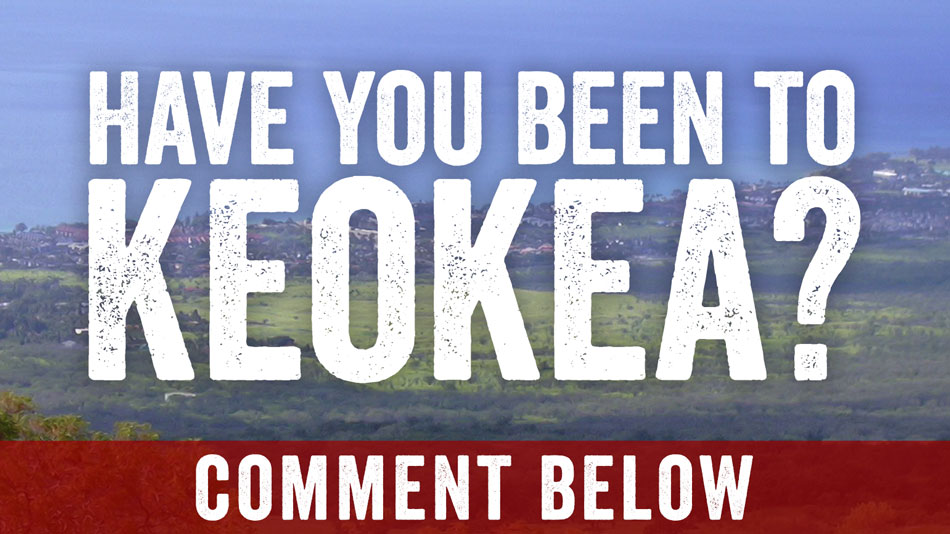
Photography courtesy of Hawaii Web Designers.

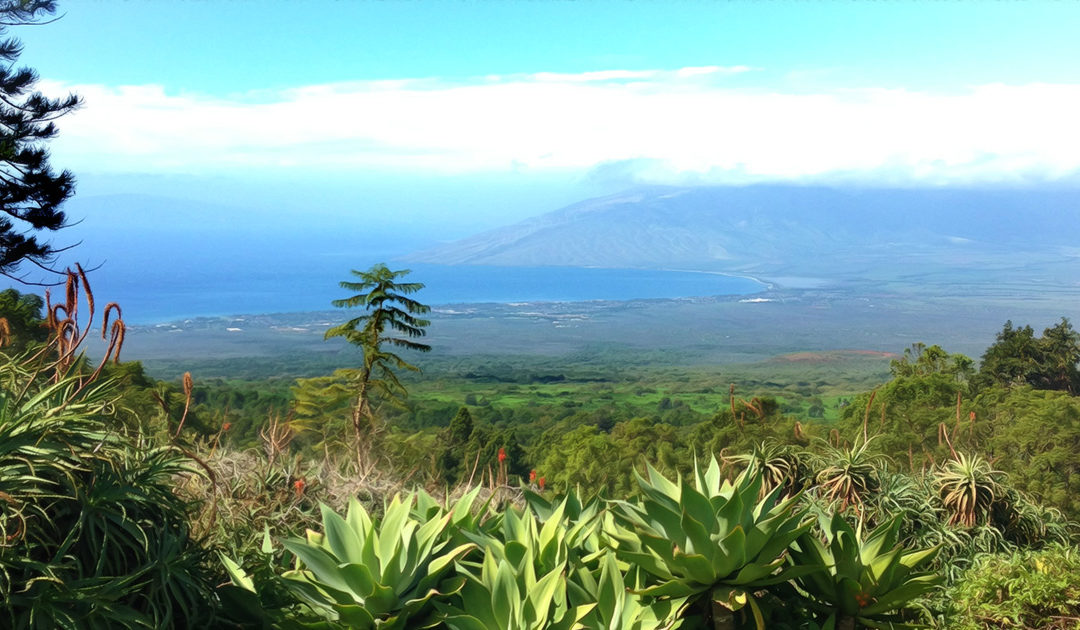
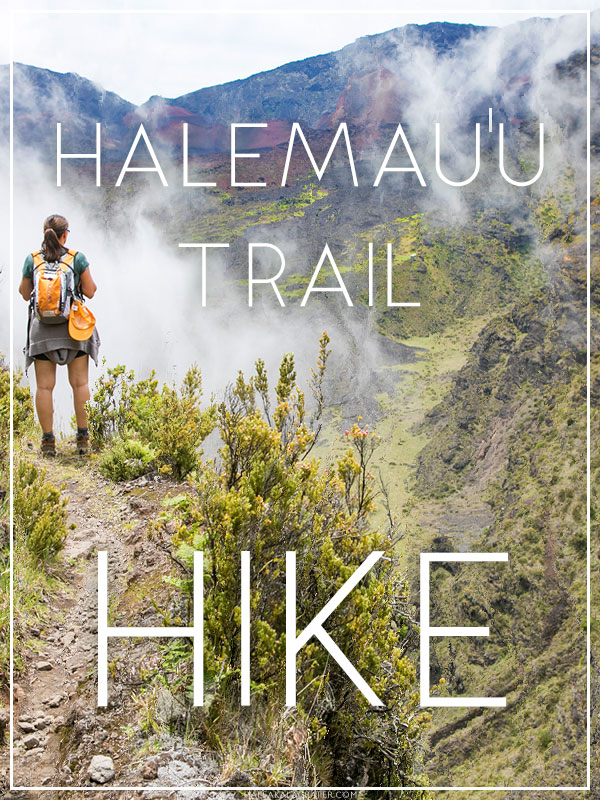
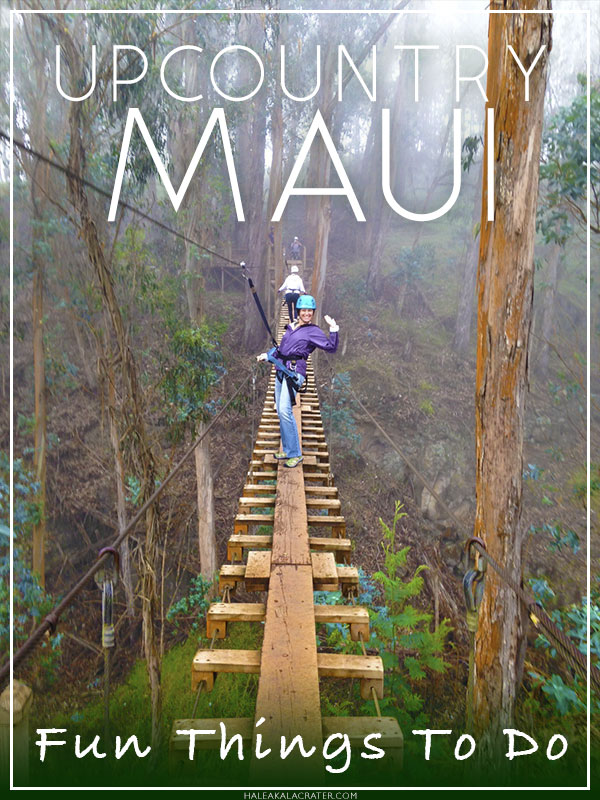
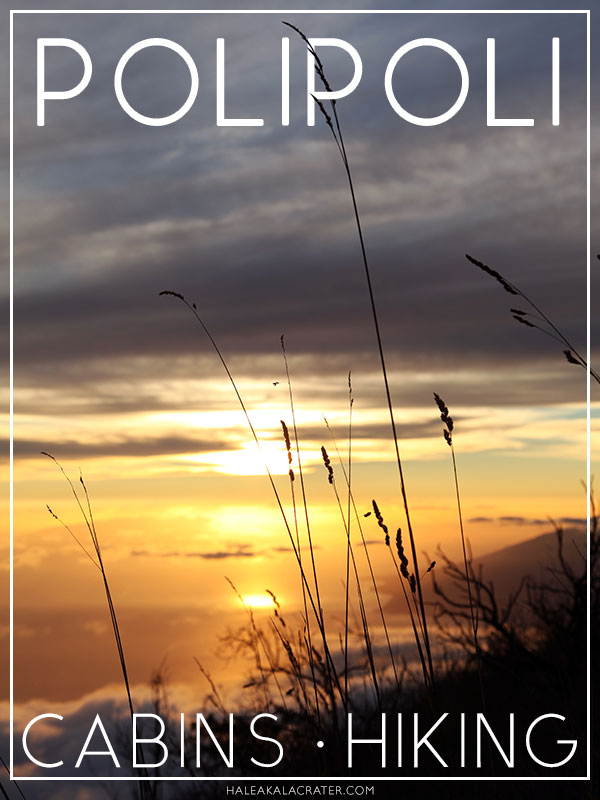

I love Keokea and have lived there. Best views on Maui. If I had my choice of where I wanted to live the rest of my years, it would be there.
My good friend Gilbert and Paula Alexander lived in Kula. Beautiful view! I want to visit Keokea. thank you.
I agree. No place on Earth I’d rather be. Young or Old.
Beautiful and Pure D Magic 🎩 ✨️ 💛
I lived on Polipoli Rd, right at the beginning of the road. I always took my guests to Keokeo and Ulupalakua and on out to the end of the paced road. It is such a peaceful area. The park is fun for a break for children on a long drive. Grandmas is a gem. Even Kula Hospital has beautiful grounds. I miss Kula as I live in Colorado now.
Kula is better, upper kula.